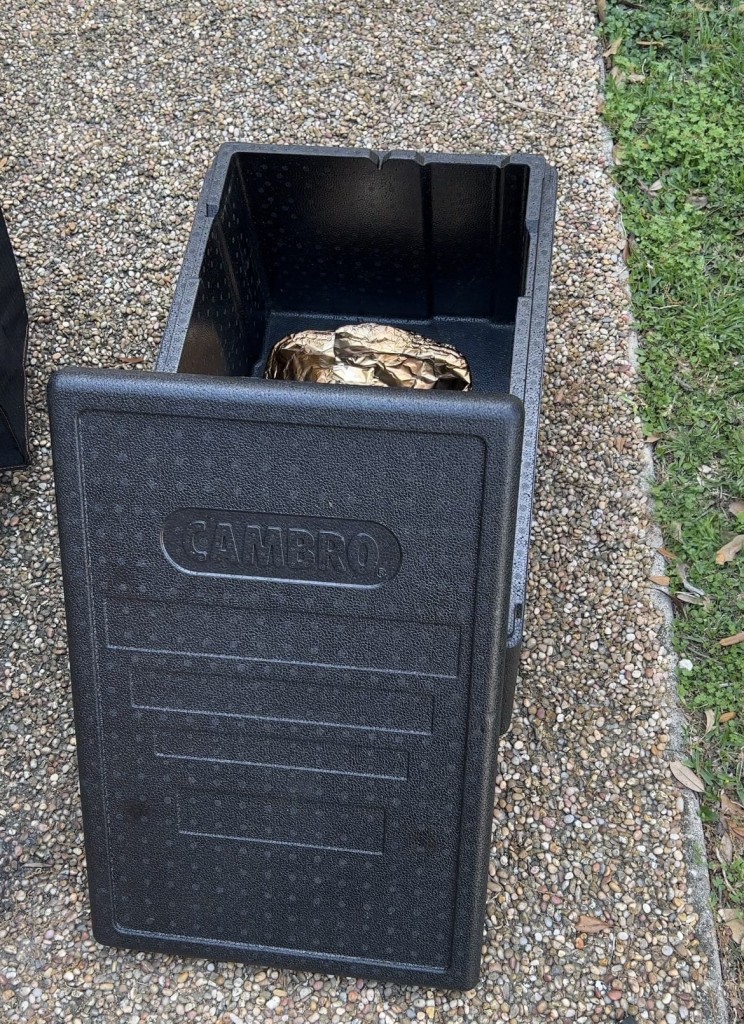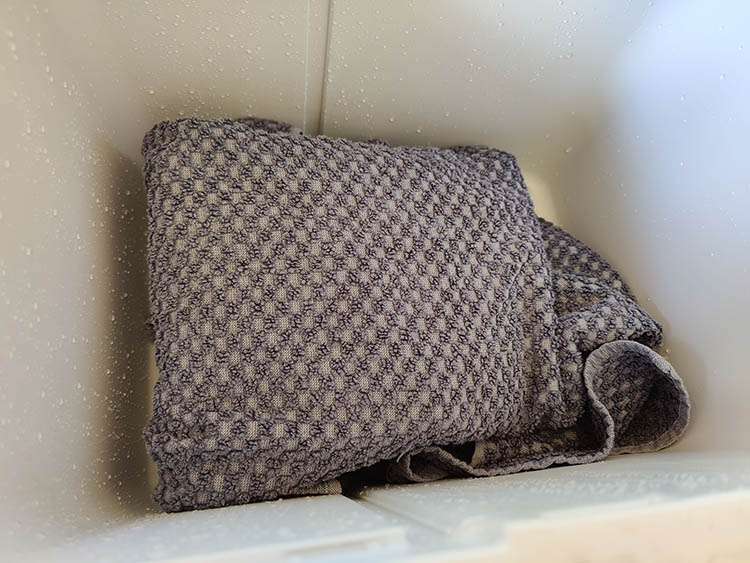Whether you’re smoking a brisket, grilling chicken, or firing up baby backs, one thing no one wants is a side of food poisoning.
Food safety might sound like something for pros and caterers, but most foodborne illness actually happens at home.
I’ve been ServSafe certified for nearly 20 years. Whether I’m feeding a crowd or cooking for family, I follow the same rules every time. Why? Because temperature control is the number one factor in food safety, especially when it comes to meat.
Here’s what every pitmaster needs to know about the temperature danger zone, and how to keep your food safe, hot (or cold), and bacteria-free.
What is the temperature danger zone?
The Danger Zone is a buzzword phrase used in most food safety courses. It essentially refers to a range of temperatures at which bacteria thrive. Anytime food is between 40°F and 140°F, it’s in the Danger Zone, meaning that bacteria can grow rapidly.
Many people don’t know that it was also what Kenny Loggins was referencing in his song of the same name. Clearly he was passionate about food safety!
Jokes aside, most food already plays host to bacteria like E-coli, Salmonella, Campylobacter, Listeria, and Staphylococcus, but not in the quantity required to make us ill.
Leaving your food unrefrigerated in the danger zone allows those bacterial colonies to double in size every 20 minutes, growing to become a real problem.
According to the Center for Disease Control (CDC), 9.4 million people contracted a foodborne illness in 2011, resulting in 55,961 hospitalizations and 1,351 deaths, mostly children and the elderly. The most common cause of illness and death was salmonella.
How to rest BBQ safely
Keeping food out of the temperature danger zone is especially important in barbecue. Low and slow cooks often finish hours before it’s time to eat, and that resting period, while essential for juicy, tender results, is also when meat is most at risk of dropping below safe serving temperatures.
To hold meat safely after the cook, you need to insulate it. The gold standard is a Cambro Go Box or similar insulated carrier.

At home, you can DIY a “faux Cambro” using a regular cooler lined with towels. Wrap your meat tightly in foil, place it in the towel-lined cooler, and close the lid. If done correctly, this setup can hold food above 140°F for several hours.

If you’re serving buffet-style or plan to keep food out for more than 90 minutes, use warming trays with Sterno burners or electric warmers to maintain a safe serving temperature. Alternatively, keep most of the meat insulated and only portion out what you need every hour or so.
Safe serving temps for BBQ sides, salads, and sauces
In barbecue, the spotlight is usually on keeping meat hot, but cold food safety is just as critical. Think about that tray of potato salad sitting in the sun. If it’s been out for over an hour, you could serve up more than just a side.
The general rule is simple: cold foods should not sit out for more than 2 hours. That includes potato salad, coleslaw, pasta salads, sauces, and anything else that’s typically refrigerated. On hot days (85°F or higher) that window drops to just 1 hour.
If food isn’t being eaten, pop it back in the fridge or cooler. Don’t wait for someone to get sick.
To keep food cold outdoors, set your serving trays over ice. A full-size pan filled with ice can hold two half pans of food on top. Just be sure to refresh the ice as it melts to keep temps below 40°F.
How to store BBQ leftovers safely
Once the barbecue is over, food safety doesn’t stop. Proper storage is key to preventing spoilage and keeping leftovers out of the danger zone.
- Always store food in airtight containers with secure lids. This helps prevent contamination and freezer burn while keeping your fridge organized.
- Refrigerators should stay between 35°F and 38°F, and freezers at 0°F. This helps prevent bacterial growth and extends the life of your food.
- Leftovers should be eaten within 5 days if refrigerated. If you’re freezing them, they’ll keep safely for up to 6 months.
How to reheat BBQ leftovers safely
Leftovers, especially brisket, are one of the best parts of a good barbecue. But reheating them safely is just as important as how you stored them.
- Always reheat leftovers to an internal temperature of at least 165°F. This kills off any bacteria that may have grown during storage.
- Microwaves heat unevenly, so stir food every few minutes and rotate it if needed to avoid cold spots.
- Use an instant-read thermometer to double-check the internal temp, especially for meats or dense sides like mac and cheese.
A quality thermometer isn’t just for the smoker. It’s one of the most useful tools for ensuring your food is safe—whether you’re cooking, holding, or reheating.
Did you miss our previous article...
https://manstuffnews.com/backyard-grilling/smoked-hot-honey-recipe
 Backyard GrillingWeekend WarriorsAdvice from DadBeard GroomingTV Shows for Guys4x4 Off-Road CarsMens FashionSports NewsAncient Archeology World NewsPrivacy PolicyTerms And Conditions
Backyard GrillingWeekend WarriorsAdvice from DadBeard GroomingTV Shows for Guys4x4 Off-Road CarsMens FashionSports NewsAncient Archeology World NewsPrivacy PolicyTerms And Conditions
